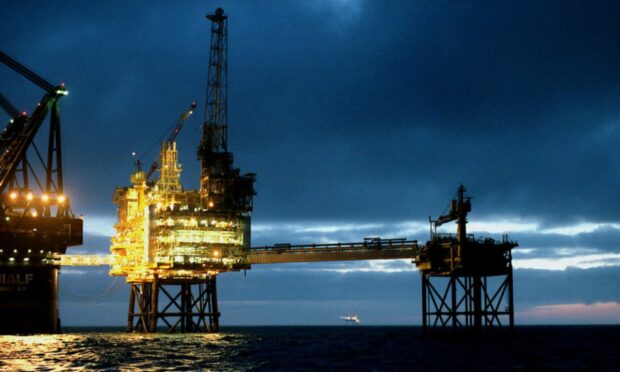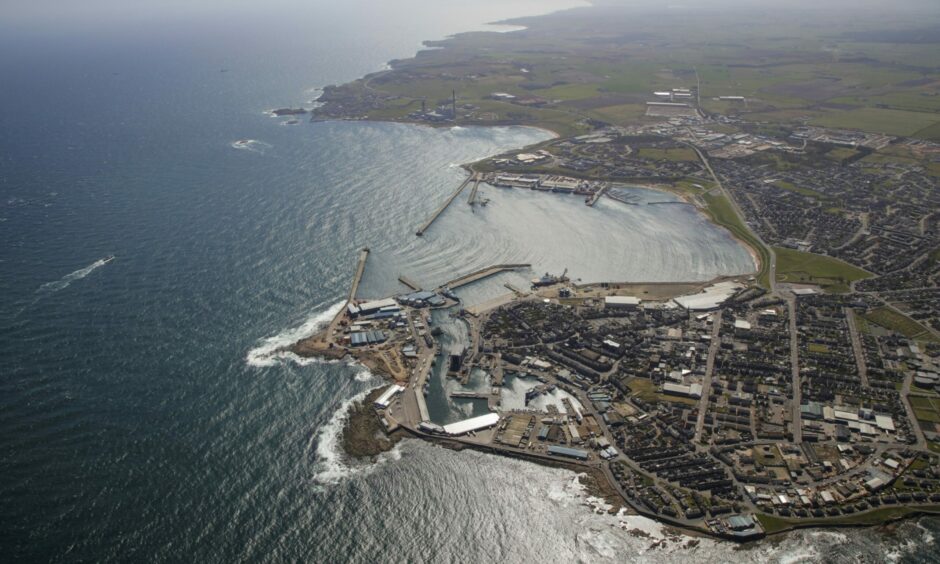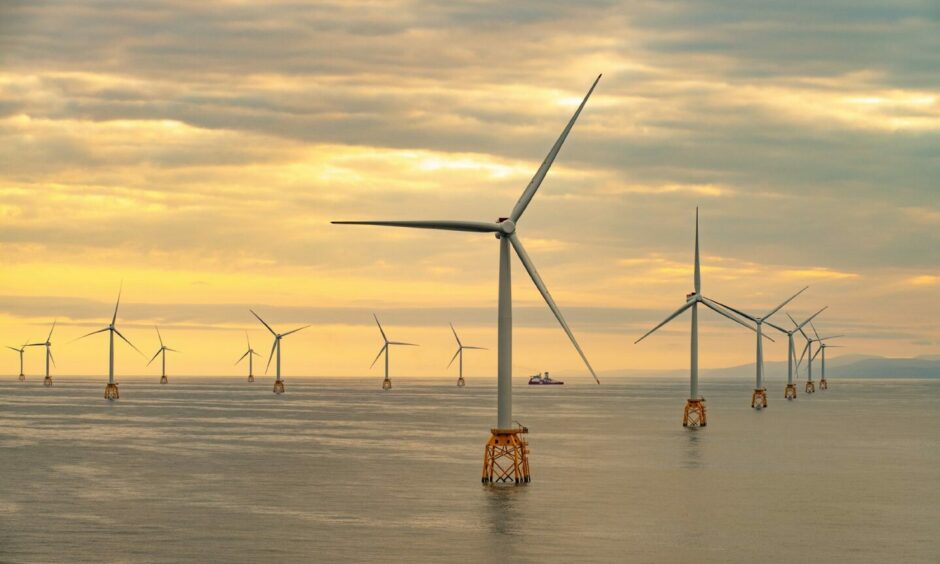Oil majors are assessing plans to build a 125-mile cable out of Peterhead in order to power several platforms in the North Sea.
New details have been revealed about the Central North Sea Electrification (CNSe) project from Shell, BP, TotalEnergies and independent Harbour Energy.
The quartet is seeking to power five installations with clean electricity, including Shell’s Shearwater and Gannet installations as well as BP’s Etap, TotalEnergies’ Elgin-Franklin and Harbour Energy’s Judy platforms.
Arjit Guptar, energy transition leader and CNSe stakeholder manager at Shell, recently told the SPE London branch that the group is seeking to make a concept selection by July.
The team is using power from shore, integrated with offshore wind, as the “reference case” for the plans, which would include a cable from landfall at Peterhead to roughly 125 miles out to the North Sea, he said.
They have also recently been awarded a grid connection for the cable from shore via Peterhead.
Eight million tonnes of emissions
Mr Guptar said the move would abate eight million tonnes of emissions – one million tonnes per annum – requiring 200 – 250 megawatts in the initial phases, with power demand declining as platforms reach cessation of production.
He said: “If I’m looking at the timeline, some of these assets are actually getting decommissioned in 2032. So the urgency of getting on with it and start delivering this is huge. So pace is critical to delivering this project.
“While our stated objective is we want to electrify or decarbonise these platforms by 2030, that’s not our true ambition, our true ambition is to electrify them by 2027.”
The move comes as operators scramble to meet government demands to cut emissions on platforms by 25% by 2027 and 50% by 2030 – the latter broadly demanding electrification to achieve.
Offshore wind developers are in the process of submitting bids for Crown Estate Scotland’s initiative to power oil platforms via offshore wind farms.
The Crown’s seabed leasing body is expected to announce the results of the so-called Innovation and Targeted Oil and Gas (Intog) leasing round in August.
Connecting offshore wind to grid warning
Meanwhile, power giant SSE has warned a plan to connect power produced by proposed offshore wind farms to the grid may have “omitted” some production sites.
SSE Renewables, which has the largest secured offshore wind pipeline in the UK, said National Grid’s plans to connect 50 gigawatts of electricity to consumers lacked “certainty” over timelines and locations that needed to be “urgently resolved”.
National Grid ESO published its ‘Pathway to 2030’ report this week which it said will take power generated from offshore wind “to where it’s needed across Great Britain”.
The grid operator said the so-called holistic network design (HND) represents “one of the largest investment plans in critical electricity transmission networks since the 1950s and 60s”.
However, while welcoming publication of the plans, developer SSE Renewables warned that so far “a significant volume of offshore wind developments, including 15GW of ScotWind projects, have been omitted from the design process.”
The group’s director of offshore wind, Paul Cooley, said: “[The] announcement is a welcome first step in identifying the supporting infrastructure needed to help enable Britain’s transition to net zero through the delivery of 50GW offshore wind by 2030.
“It must be highlighted though that there is a significant volume of offshore wind capacity still without certainty of their connection date and location which needs to be urgently resolved.
“We look forward to continuing to work constructively with the NG-ESO, government and other key stakeholders on how to further accelerate the development and deployment of offshore wind projects.
“The speed and scale of the challenge demands it.”



Conversation